How much power is the PC consuming?
As people become more aware of the impact people have on the environment, one issue to consider is how much power your computer is using. And when you have to pay for the electricity you use, you may be interested in how much it costs to use your PC.
But how much power does a PC actually use? And how can you cut down on this energy use? The answer will be in the following article.
Does the computer consume a lot of power?
- How much power does the PC use?
- How are the PC power modes different?
- Which PC part uses the most power?
- How to reduce the amount of electricity used by the PC?
- Choose energy-efficient hardware
- Change the way you use your PC
How much power does the PC use?
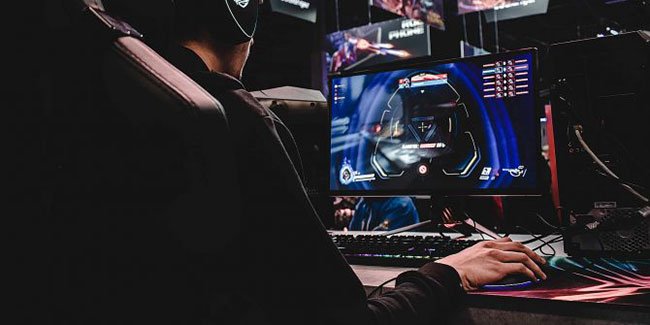 How much power is the PC consuming? Picture 1
How much power is the PC consuming? Picture 1
The power usage of a PC depends on both the hardware and how often it is used. For example, a PC that is always active and constantly digging cryptocurrency, will use more energy than a PC that is turned on once a day and spend several hours checking email or browsing the Internet. And leaving the computer overnight will consume as much power as it is used during the day.
A study by the Energy Saving Trust shows that computers and their peripherals account for about 8% of all home electricity use in the UK and over 25% are used by other consumer electronics. Calculating the cost of electricity costs for the PC each year falls around £ 35 / person, equivalent to nearly 1,066,000 VND.
The report also shows that a PC uses far more power than a laptop, almost 6 times more, because the laptop is optimized for battery life in a way that a PC cannot.
A common application for PCs is gaming and the power consumption of gaming PCs differs from other PCs, because its hardware is more advanced. A 2019 Berkeley Lab report looked at 26 different systems running 37 games, to see the usage of different platforms.
They found that there was a large range of power usage between gaming systems, from 5 kilowatt hours / year to 1200 kilowatt hours / year. In general, PCs consume more power than consoles like Xbox One or PS4.
But the biggest factor determining power consumption is not the type of gaming system, but its GPU. The more powerful GPU uses significantly more power.
How are the PC power modes different?
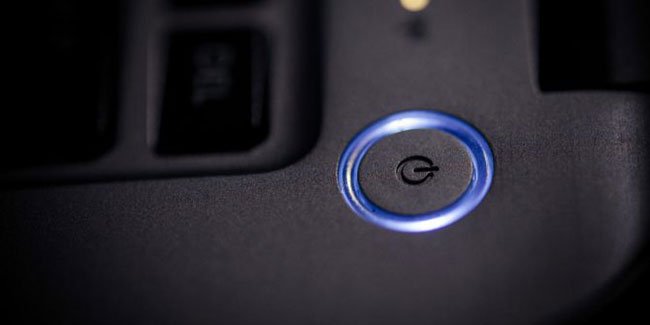 How much power is the PC consuming? Picture 2
How much power is the PC consuming? Picture 2
PC comes with functions to help reduce power consumption. You may not want to turn off your PC when you're done, for example, because you don't want to wait for it to start the next time you need it. In this case, you can use the Sleep or Hibernate functions .
Sleep mode puts the computer in a low power state. The computer will use RAM to save the current open application and data documents, so you will not lose anything when entering Sleep mode. Computers can also 'wake up' quickly. But electricity will be cut off from unused components such as monitors, memory and peripherals.
Hibernate mode is a bit different, because it cuts off the source for RAM as well as other components. Instead of saving data to the current state on RAM, it saves everything to memory. That means the computer in use has no power, as if it were turned off. But it will still remember what you did the last time you turned it back on.
Sleep mode is useful when you temporarily stop using the computer. Hibernate is better if you plan to leave the computer overnight. By default, Windows 10 doesn't display the Hibernate option, but you can manually add Hibernate mode to the Start menu.
Which PC part uses the most power?
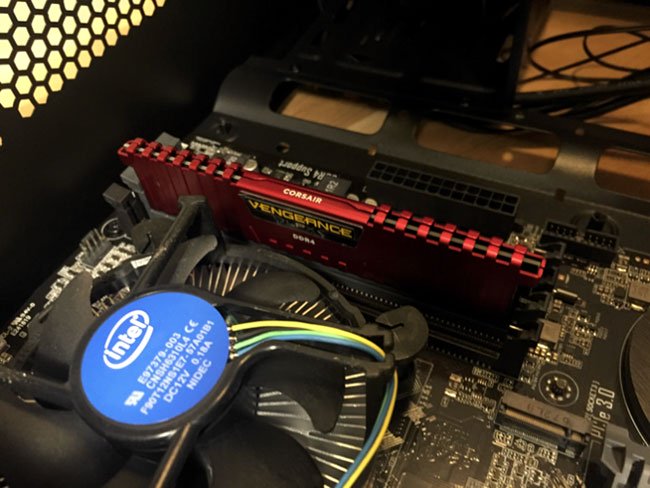 How much power is the PC consuming? Picture 3
How much power is the PC consuming? Picture 3
The exact amount of power used by a computer will vary, depending on the interior. Some machines, like high-end gaming desktops with lots of graphics cards (GPUs), will use more power than low-power machines with fewer components.
However, new and good hardware uses more energy than older, inferior hardware. In fact, a major problem for hardware manufacturers is energy efficiency. Manufacturers work to make their components more efficient. So if you have an old processor, it can actually consume more power than the new processor.
In general, it is the processor and graphics card (s) that use the most power. The motherboard and power supply will draw power, but they pass this energy on to other components so you don't have to worry about their power consumption.
Other components such as RAM, hard drives, SSDs, fans, lights and optical drives also use power (but not a large amount). The power use of peripherals such as keyboards and mice is often below 0.5W, so there's no worry.
Here are the approximate ranges of usage of each component:
- CPU: 55 to 150W
- GPU: 25 to 350W
- Optical drive: 15 to 27W
- Hard drive: 0.7 to 9W
- RAM: 2 to 5.5W
- Case fan: 0.6 to 6W
- SSD: 0.6 to 3W
- Other hardware components: Not specified
And here is the level of power that parts that transfer energy to other parts:
- Power supply (PSU): 130 to 600 + W
- Motherboard: 25 to 100W
For reference, an oven uses about 1000W, vacuum cleaners use from 500 to 1200W and game consoles use from 45 to 90W.
How to reduce the amount of electricity used by the PC?
If you're worried about using energy, there are a number of things you can do to reduce the amount of power your computer uses.
Choose energy-efficient hardware
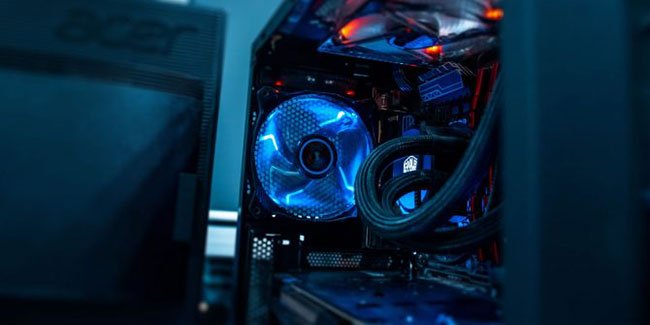 How much power is the PC consuming? Picture 4
How much power is the PC consuming? Picture 4
1. Upgrade the old mechanical hard drive to an SSD. They are faster and more efficient in terms of power consumption.
2. Unless you do something that requires additional power, such as gaming or video editing, stick with the onboard graphics adapter. If you have to install a video card, choose something that consumes less power. Remember, the more a part requires cooling, the more electricity it consumes.
3. Please replace hardware! If you have the opportunity, upgrade to newer components to increase performance and efficiency.
4. If you don't need a powerful computer, try switching to the low-power version. Consider a small HTPC or media device, even an HDMI stick PC.
Change the way you use your PC
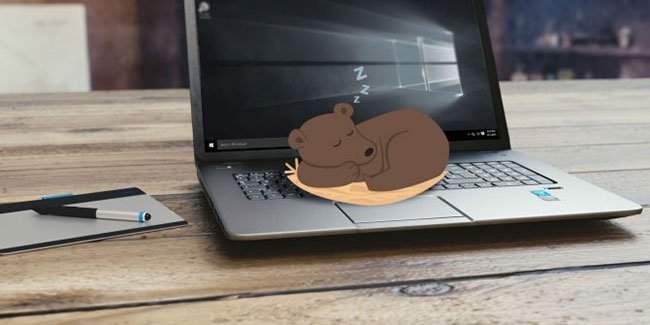 How much power is the PC consuming? Picture 5
How much power is the PC consuming? Picture 5
5. Please turn off the computer when you are not using it (such as in the evening or on weekends). If you want it to boot faster, you can use Sleep or Hibernate instead of turning it off completely.
6. Turn off the screen completely when not in use or leave it in Suspend mode . In this mode, the screen will be completely black, but as soon as you move the mouse or press a button on the keyboard, it will work again. Screensavers don't save energy, so there are no advantages to using them unless you like.
7. If you have an old machine, in the BIOS, check the 'ACPI Suspend Type' option and make sure it is set to S3 instead of S1 or S2. This will prevent the computer from powering the CPU, RAM and some other components when it is in Sleep mode.
8. For Windows 10, under System> Power & sleep , you can change several power-saving settings, including how and when the computer sleeps. This will allow you to automate low power modes.
With these tips, you can reduce the amount of power your PC uses. That is good for your environment and wallet.
To learn more about this topic and the usage of some other devices, please refer to the article: How much electricity do computers, phones and household appliances 'burn' each year?
You should read it
- What is Low Power Mode on iPhone?
- Apple silently launched features everyone expected on iOS 11
- Use Low Power Mode to save battery on iOS
- How to enable Low Power Mode on Mac
- Steps to enable/disable Power Throttling in Windows 10
- How often do you turn on 'low power mode' when your iPhone is almost out of battery?
- 4 things to note before choosing to buy a PSU power supply for a PC
- How to use Power Saving mode on Telegram
- Steps to add/remove 'Link State Power Management' from Power Options in Windows 10
- Set up a separate power source for Windows 7 on Laptop?
- Tips for playing the new Runic Power mode in PUBG Mobile
- How to use power-saving computers






 Intel works with Google to optimize Chromium power savings
Intel works with Google to optimize Chromium power savings Tips to help your computer use electricity more efficiently
Tips to help your computer use electricity more efficiently How to fix Microsoft Teams error consuming a lot of RAM and CPU on Windows 10
How to fix Microsoft Teams error consuming a lot of RAM and CPU on Windows 10 Learn about UFS 3.0
Learn about UFS 3.0 4 things to note before choosing to buy a PSU power supply for a PC
4 things to note before choosing to buy a PSU power supply for a PC Steps to enable/disable Power Throttling in Windows 10
Steps to enable/disable Power Throttling in Windows 10